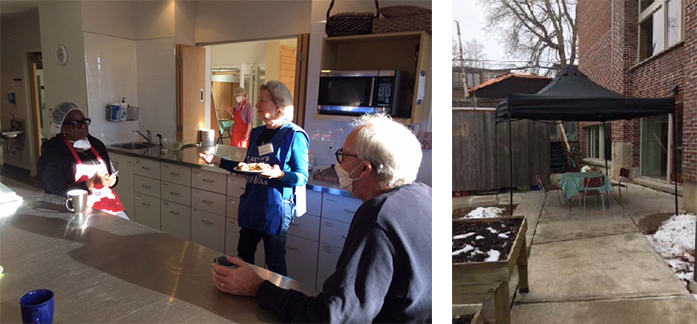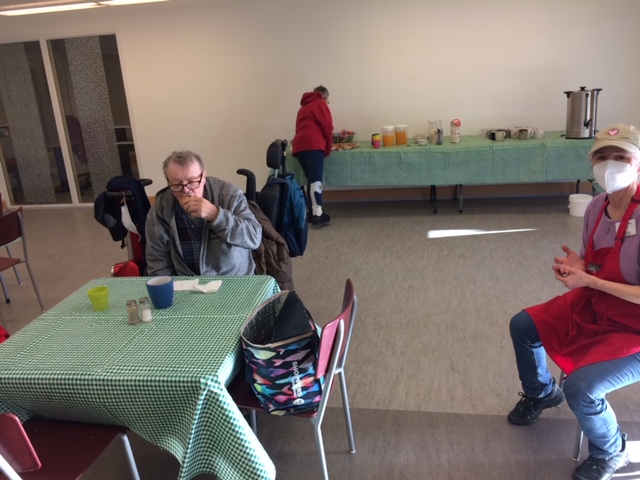People continue to die in the streets of Toronto because of insufficient shelter space.
Please consider adding your voice to the more than 150 Faith leaders (including Rev Greg Daly) asking Mayor Tory and City Council to take immediate action. You can access more details as well as a letter template at this link.
Below is a letter from our social justice animator, Paul Dowling, to our Mayor and our local City Councillor.
Monday, January 9, 2023
It was a balmy 0 degrees Celsius this morning when I took a walk in my neighbourhood with my wife. As I felt the cold west wind blowing across Woodbine Avenue, I thought about the hundreds of people in our city that are without a home today. I thought about how it would feel to not have a place to call home, to not have a warm bed for the night, to not even have a place to get warm.
The City is facing financial challenges, I know. At the same time, I believe that in a civilized and caring society we must ensure that every citizen has access to the basics of life.
Please take the steps today to ensure that no person will have to stay out in the cold:
- Work with all orders of government to develop the thousands of new homes needed for every citizen to have a safe, affordable and supportive place to live
- Until then, work to ensure that there are enough beds in the shelters of the city for everyone that needs one
- Until then, open up City buildings and other suitable spaces as warming centres where people without shelter can go to get warm at any time, day or night.
Please, let me know when these necessary steps will be achieved.
Sincerely,
Paul Dowling, Animator for Social Justice, Beach United Church




